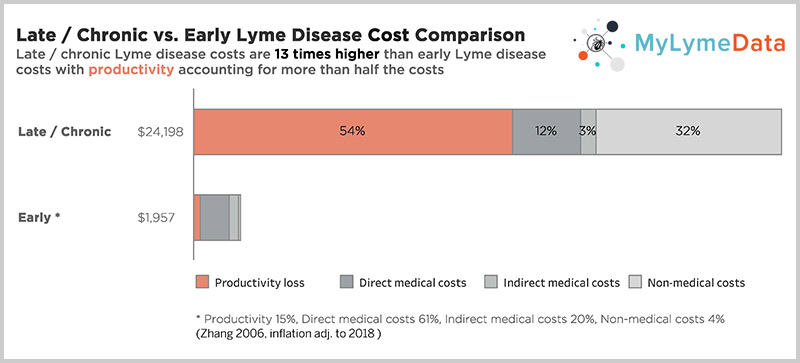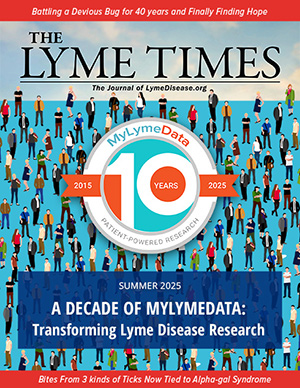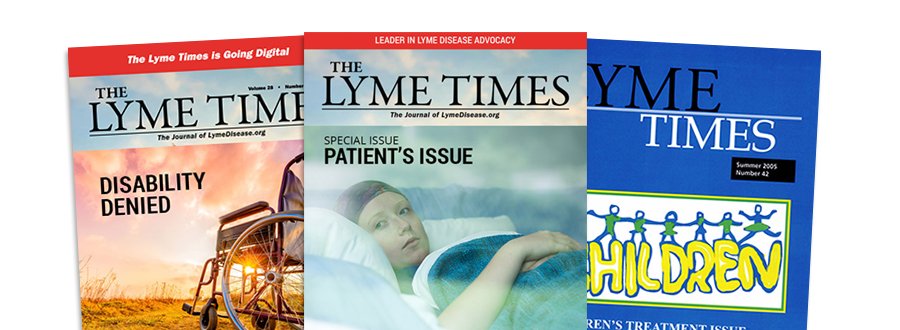R ecently, I was honored to speak at the U.S. Department of Health and Human Services’ Lyme Innovation Roundtable about the need to build the research capacity of Lyme patients to create sustainable change and accelerate research. To do this, we must embrace big data, precision medicine, and patient-centered research. You can watch a video of my presentation below.
Lyme Disease Treatment Failures
Unacceptably high treatment failure rates in Lyme disease and in early Lyme disease—roughly 35% in a 2013 study by Dr. Aucott, and even higher rates for those diagnosed late—mean that many patients remain ill (Aucott, 2013). In our published studies, patients with chronic Lyme disease report being ill for more than 10 years (Johnson, 2011).
In addition to the human toll this exacts, this also makes it a costly problem to ignore. According to a CDC study by Dr. X. Zhang, the cost of late or chronic Lyme disease is 12 times higher than the cost of treating early disease —about $24,000 per person/per year, when adjusted for inflation (Zhang 2006).

And we can’t make the progress we need with the traditional way of doing research—one sequential randomized controlled trial followed by another. It simply takes too long, costs too much, and doesn’t apply to most people, as Dr. Rob Califf at the FDA often points out…………. Join or login below to continue reading.





























